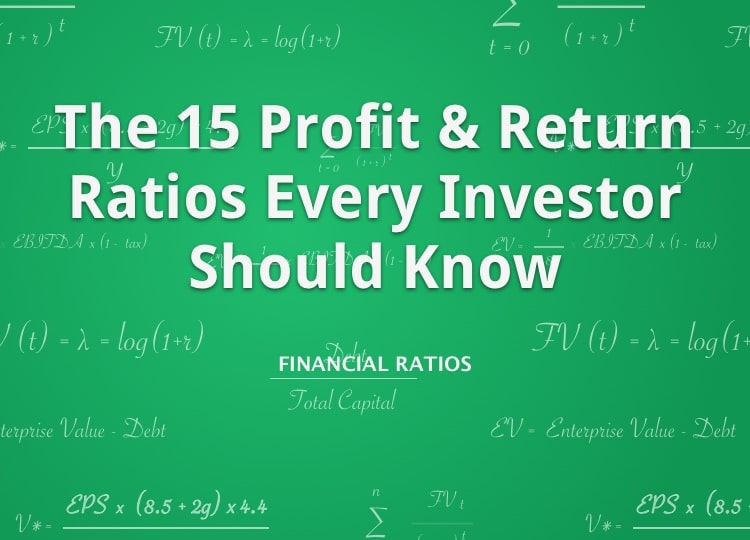Every time I hold a Q&A webinar, one of the questions I get the most is: What is a good pe ratio for stocks? Indeed, figuring out what a good pe ratio is could be challenging.
If you read the books and the deeds of the best investors in the world, such as Warren Buffet, you will find that to get great returns, you have to invest in value stocks with a low pe ratio. But when you check the pe ratio of the most famous companies in the world, such as Amazon, Apple, or Facebook, you find that most of them have a high pe ratio.
I know, that can be confusing. But don't worry! In this article, you will find all the statistics and data you need to finally understand what a good pe ratio for stocks is.
What data say about the PE ratio
As you probably already realized from my last article [3 investment strategies to beat the market in 2020](https://finbox.com/blog/3-investment-strategies-to-beat-the-market/" target="_blank), I'm a very data-driven investor. I believe that the only way to achieve high returns consistently is by setting aside our emotions, our beliefs, and our preconceptions and base our decisions exclusively on data.
And that is even more significant when it comes to valuation ratios. A new company with disruptive technology and amazing products could easily lead investors to pay any price regardless of the real value of the business.
For this reason, it is extremely important to never forget what data say about valuation ratios. Let's see what is a good pe ratio for stocks according to data.
Have you already read What [Works On Wall Street](https://amzn.to/3cgEVe1" target="_blank)? In this book, James O'Shaughnessy backtests several investing strategies and shows you the ones that beat the market. Investing in stocks with a low pe ratio was one of them.
He divides the US stock market into 10 deciles according to the pe ratio of stocks. Stocks in the lowest decile (those with the lowest pe ratio) outperformed the market to a large extent, while those in the highest decile (those with a high pe ratio) drastically underperformed it.
By investing in the group of stocks with the lowest pe ratio between January 1, 1964, and December 31, 2009, you would have obtained a 16.25% CAGR, against the 11.22% of the market. $10,000 would have become $10,202,345, while the same amount would have been "just" $1,329,513 by investing in the whole market. At the same time, $10,000 would have been no more than $118,820 if you had invested it in the high pe ratio stocks group!

Source: Author's graph based on J. O'Shaughnessy's research
What is a good PE Ratio?
After seeing that low pe ratio stocks generally outperform the market, you're probably wondering what the exact value of a good pe ratio for stocks is. Well, it all depends on different factors, such as its growth, its economic moat, and, most important, the sector the company operates in.
That is probably the most important factor to take into consideration while evaluating if a company has a good pe ratio. Indeed, there are some sectors, such as banking, which have a low pe ratio because of the risks priced in the valuation.
For this reason, you should never make the mistake of considering one stock better than another just because it has a lower pe ratio if the two operate in different sectors.
Generally, a good pe ratio is one that is lower than the sector average. The best stocks you can find are those that have a low pe ratio compare to the sector average but at the same time have good growth and an economic moat.
You can easily check that with the [Finbox Data Explorer](https://finbox.com/NASDAQGS:AAPL/explorer" target="_blank). Just search for the metric you want (in this case, the pe ratio) and scroll down to sector benchmark analysis where you can find the sector average and other insightful data. For example, you can check in which decile is your stock. If it is in the highest one (over the 90% percentile), there is a high chance that the stock is overvalued!

Should you buy just the stocks with the lowest pe ratio?
After reading that low pe ratio stocks generally outperform the market, you may be tempted to open the [Finbox Stock Screener](https://finbox.com/screener" target="_blank) and start buying the stocks with the lowest pe ratio. However, that would be a mistake.
As I mentioned before, if you start buying just the stocks with a low pe ratio, you may end up with a portfolio entirely composed of a few sectors. That would expose you to a considerable risk in case one of those sectors should face a crisis.
That is exactly what would have happened if you were bought the stocks with the lowest pe ratio before the great financial crisis. You would have ended up with overweighting the banking sector, and you would have faced a severe drawdown.
For example, if you selected low pe ratio stocks right now, you would buy just stocks in the energy sector. Keep always in mind that one of the golden rules of portfolio management is the diversification among sectors.
You can get up to date stats and graphs like that directly in Excel with the [Finbox Excel Add-In](https://finbox.com/integrations/excel" target="_blank).
Conclusion (+ bonus)
In this article, you've learned that stocks with a low pe ratio generally outperform the market and that the best stocks you can find are those with a low pe ratio compare to the sector average, but that at the same time have good growth prospect and an economic moat.
You've also learned that you shouldn't rely just on the pe ratio for finding stocks, because that could expose you to unnecessary risks.
Bonus: Do you know that there are better strategies to beat the market without facing more risks? I teach you 3 investment strategies in [this article](https://finbox.com/blog/3-investment-strategies-to-beat-the-market/" target="_blank) that you can access for free.





